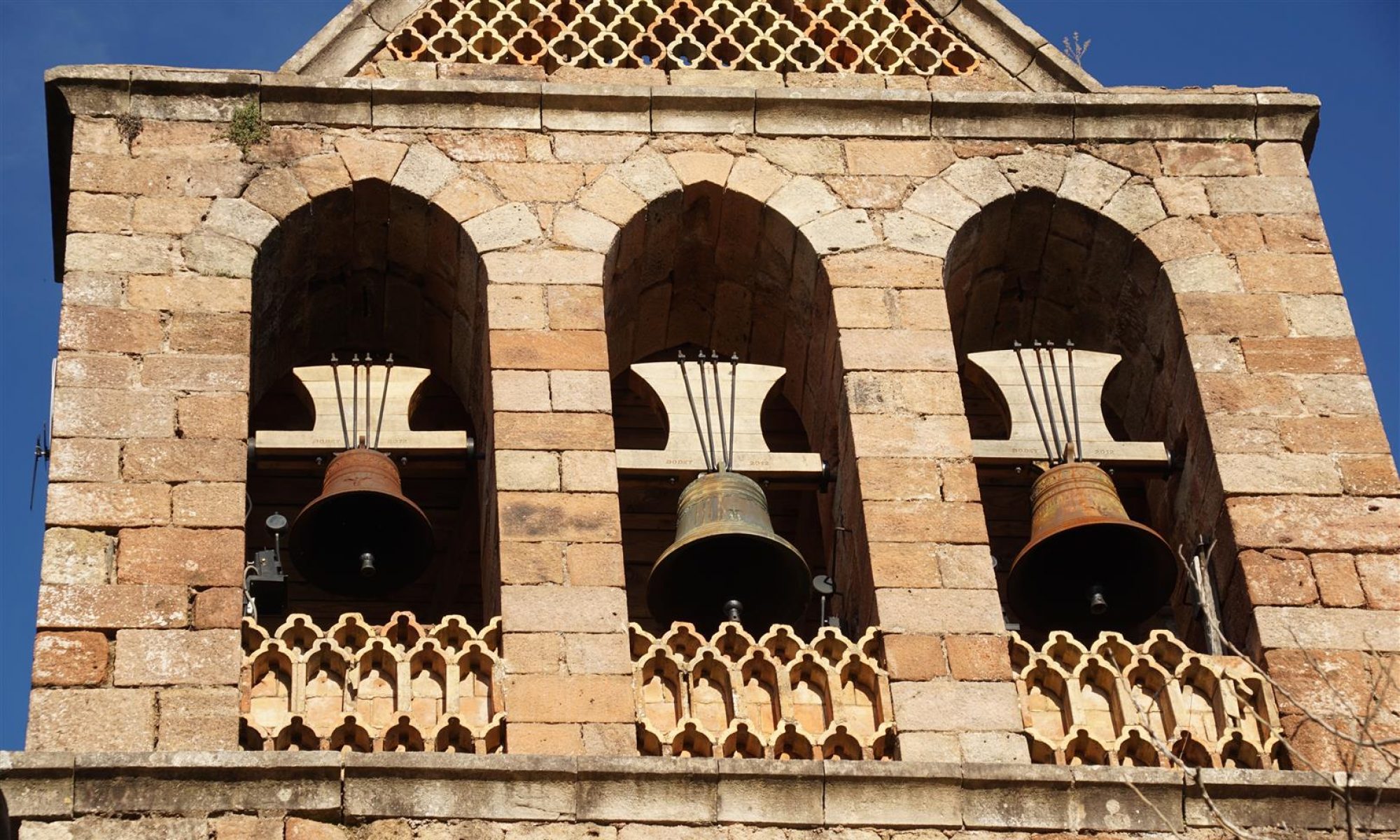
This hike starts in Liaucous just downstream from the end of the famous Tarn gorge. Why here ? Because its a good spot to start a loop taking in the Sauveterre Causse and a part of the right bank of the Tarn gorge including a visit to two semi-troglodyte villages stuck high up on the gorge cliffs. There are a couple different ways to attack this circuit.
Counter-clockwise : Start from Liaucous, head east along the Tarn Valley slopes and loop north into the gorge itself. This direction brings you to the semi troglodyte villages before turning left and climbing to the Sauveterre Causse plateau. From there, itùs an easy walk back along the Causse until you get to the Liaucous cliffs overlooking the village. There are a couple paths down through these cliffs. The westernmost one that runs near the “via ferrata” is hard on the knees with a lot of steep drops. The second option, not easy to find from the Causse since it is not waymarked, stays further east before coming down an easier but longer trail through the cliffs.
Clockwise : Start from Liaucous and climb through the cliffs preferring the eastern most route. On reaching the Causse plateau, navigate more or less due north through the scrubby forest and grassland until reaching a wide gravel track. From there follow the way markings to and past Vors (take a short detour to get a view of the Millau Viaduct), past a fresh water spring, a (not very mysterious) grotto and on to the lip of the Tarn gorge. From there follow the way markings downhill from ~ alt 900 m to a trail at ~ alt 600 running along the gorge wall and leading to the 2 semi troglodyte villages. This last section of the trail was recently rerouted due to erosion on the older sections. Continue reading “Liaucous and the Tarn Gorge”



